Expansion of Wellness Tourism
The expansion of wellness tourism is significantly influencing the Aromatherapy Oils Market. As more individuals seek holistic experiences during their travels, the demand for aromatherapy oils in spas, wellness retreats, and hotels is on the rise. This trend is supported by the increasing number of wellness-focused travel packages that incorporate aromatherapy treatments. Data indicates that wellness tourism has been growing at a rate of 6.5% annually, which correlates with the heightened interest in aromatherapy products. Consequently, businesses within the Aromatherapy Oils Market are likely to capitalize on this trend by offering specialized products tailored for the tourism sector. This intersection of travel and wellness presents a unique opportunity for growth, as consumers increasingly prioritize self-care and relaxation during their journeys.
Increasing Consumer Awareness
The rising consumer awareness regarding the benefits of aromatherapy oils is a pivotal driver in the Aromatherapy Oils Market. As individuals become more informed about the therapeutic properties of essential oils, there is a noticeable shift towards natural and holistic wellness solutions. This trend is reflected in the growing demand for products that promote mental and physical well-being. According to recent data, the aromatherapy oils segment has experienced a compound annual growth rate of approximately 8% over the past few years. This surge indicates a robust interest in natural remedies, suggesting that consumers are increasingly seeking alternatives to synthetic products. The Aromatherapy Oils Market is thus witnessing a transformation, as brands adapt to meet the evolving preferences of health-conscious consumers.
Rise of DIY Aromatherapy Products
The rise of DIY aromatherapy products is emerging as a notable trend within the Aromatherapy Oils Market. Consumers are increasingly interested in creating their own blends and formulations, driven by a desire for personalization and control over their wellness routines. This trend is supported by the proliferation of online resources and workshops that educate individuals on the benefits and uses of essential oils. Market data suggests that the DIY segment is growing at a rate of 7% annually, indicating a strong consumer inclination towards self-made products. Consequently, brands are responding by offering starter kits and educational materials, thereby tapping into this burgeoning market. The Aromatherapy Oils Market is thus adapting to meet the needs of a more engaged and informed consumer base.
Integration of Aromatherapy in Healthcare
The integration of aromatherapy in healthcare settings is becoming increasingly prevalent, serving as a significant driver for the Aromatherapy Oils Market. Healthcare professionals are recognizing the potential benefits of essential oils in managing stress, anxiety, and pain relief. This acceptance is leading to the incorporation of aromatherapy practices in hospitals, clinics, and wellness centers. Recent studies indicate that aromatherapy can enhance patient comfort and satisfaction, which is prompting healthcare providers to explore its applications further. As a result, the demand for high-quality aromatherapy oils is likely to increase within the healthcare sector. This trend not only expands the market reach of aromatherapy products but also legitimizes their use in professional settings, thereby fostering growth in the Aromatherapy Oils Market.
Technological Advancements in Extraction Methods
Technological advancements in extraction methods are reshaping the Aromatherapy Oils Market. Innovations such as steam distillation and cold pressing have enhanced the quality and purity of essential oils, making them more appealing to consumers. These advancements not only improve the efficiency of oil extraction but also ensure that the therapeutic properties of the oils are preserved. As a result, the market is witnessing a surge in high-quality products that cater to discerning consumers. Furthermore, the introduction of sustainable practices in oil extraction aligns with the growing demand for eco-friendly products. This trend is likely to bolster the Aromatherapy Oils Market, as consumers increasingly favor brands that prioritize sustainability and quality in their offerings.


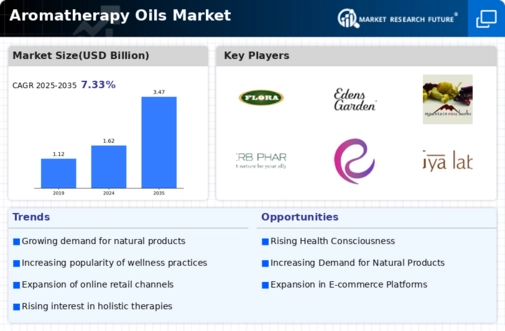
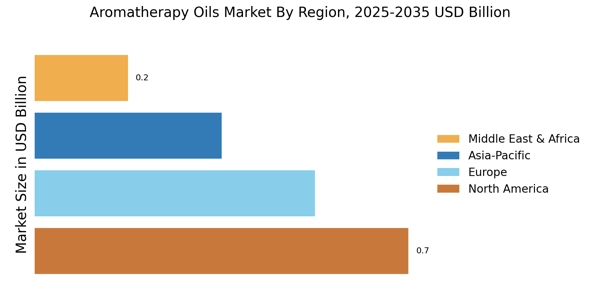
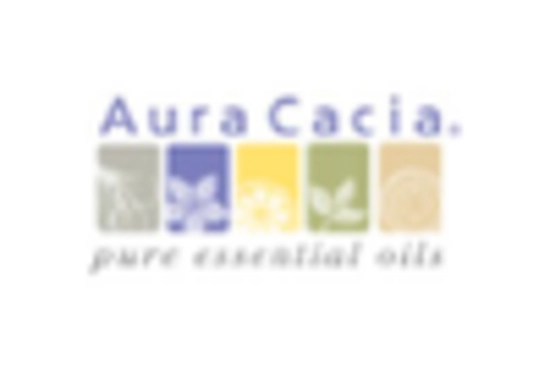
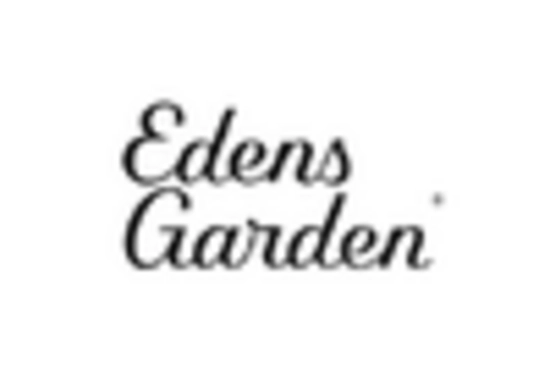
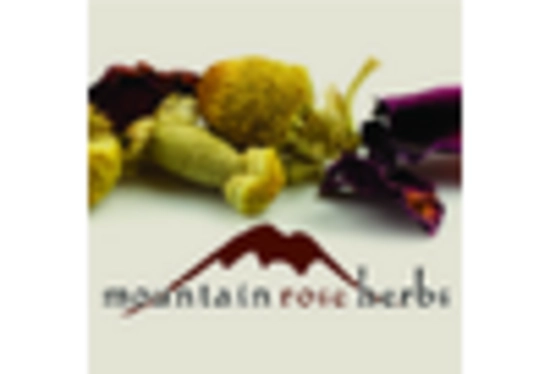
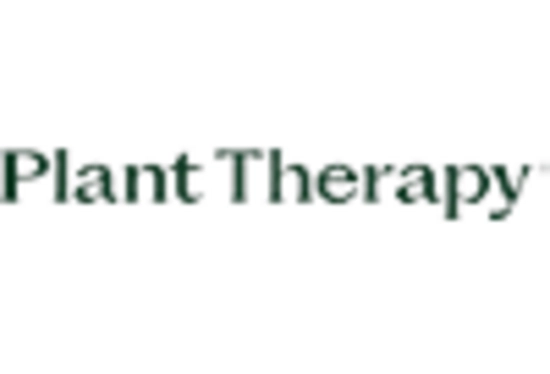
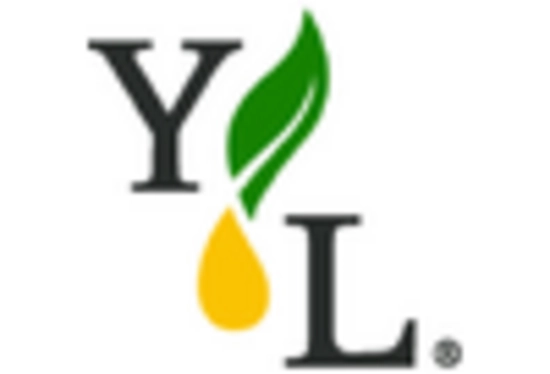
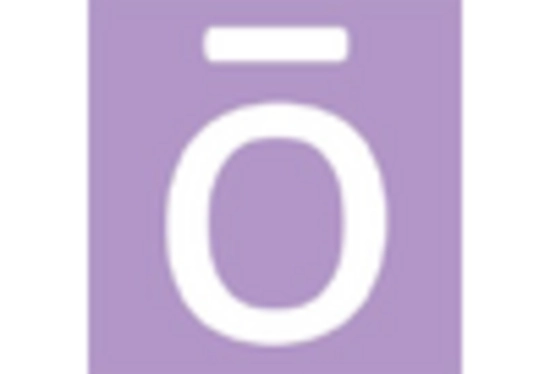








Leave a Comment